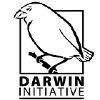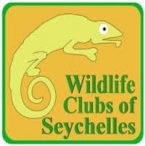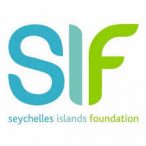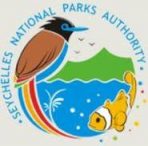- Locations: Seychelles
- Active dates: 2012 - 2015
Aims
To effectively support in support of the implementation of the objectives of the Convention on Biological Diversity (CBD), as well as related targets set for countries rich in biodiversity but constrained in resources such as the Seychelles, whilst conserving EDGE species.
Species
- Gardiner’s Seychelles Frog
- Thomasset’s Seychelles Frog
- Seychelles Sheath-tailed Bat
- Seychelles Palm Frog
- Seychelles Frog
Background
Most EDGE species are scattered globally. Remarkably, the Seychelles islands in the Indian Ocean is an EDGE species ‘hotspot’ as it is home to no less than 12 currently recognised EDGE species, such as the Sooglossus frogs (amongst the World’s smallest, most ancient frogs), the black parrot, Cooper’s black caecilian and the sheath-tailed bat (one of the world’s rarest species with <100 survivors) . Consequently, the Seychelles islands form a natural ‘EDGE-zone’. Whilst posing a heavy burden on the Government of Seychelles to fulfil its CBD obligations, this also presents a remarkable opportunity to deliver resources and training to conserve 12 EDGE species in a single location. Government of Seychelles’ Ministry of Environment, Energy and Climate Change (MEECC) is tasked with saving these species, some predicted to be only a decade from extinction. However, the Ministry has identified two major obstacles to recovering their EDGE species and has sought our help. i) The Seychelles’ population of c.90,000 people, and the absence of university-level training opportunities in conservation biology, until the opening of a university in 2011, makes it difficult for Government to recruit, train and capacity-build for conservation amongst the local workforce. ii) This deficiency in local professional expertise makes conserving EDGE species doubly difficult, because each EDGE species requires specialist approaches.
Actions
To provide EDGE fellows with in-country training, tailored to their individual, and respective EDGE species’ requirements.
Provide investment, technical expertise and targeted training in conservation, ecology and taxonomy to improve knowledge, management and conservation status.
Improve local capacity to research, monitor and manage Seychelles EDGE species.
Introduce an education, awareness and outreach programme to increase local knowledge of EDGE Species status and their needs.
Gallery
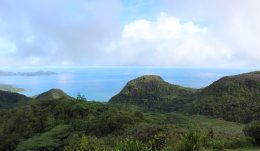
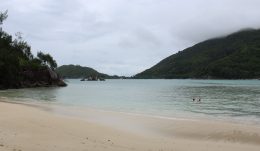
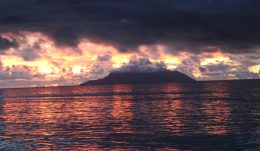
Achievements
Five EDGE Fellows trained in surveying, monitoring, and management best practices for their allocated EDGE species. They are embedded in local NGO’s and/or government leading conservation programmes for their EDGE species.
Species Action Plans and accompanying work programmes detailing priority actions and best practice for each EDGE species, agreed by all stakeholders were created. These Species Action Plans are now being implemented
Research information about EDGE species produced and disseminated, with peer reviewed publications resulting from this project
There is evidence of project-based activities that have promoted development of Communication, Education and Public Awareness strategy for Seychelles’ EDGE species. There have been three Seychelles national TV coverage, 6 national radio interviews and 6 national newspaper articles
Associated Fellows
Collaborators and Supporters
-
The Darwin Initiative
-
British Natural History Museum
-
Wildlife Clubs of Seychelles
-
Seychelles islands foundation
-
Seychelles National Parks Authority
-
Related blog posts
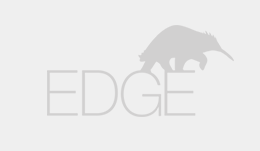
Seychelles sheath-tailed bat
Dr Justin Gerlach is working with the Nature Protection Trust of Seychelles to conserve the Seychelles sheath-tailed bat (Coleura seychellensis), ranked 25th on the EDGE…

Seychelles sheath-tailed bat 2
The next installment of Dr Justin Gerlach’s important work to save one of the world’s most threatened bat species. Conservation in the Seychelles islands…
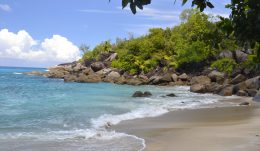
A Story of Saving Species in the Seychelles (and what happens when you let a sun-starved EDGE Marine Biologist out of the office)
Before my visit my mind’s eye had Seychelles down as one of the tropical Indian Ocean paradises that has sadly ended up in the…
